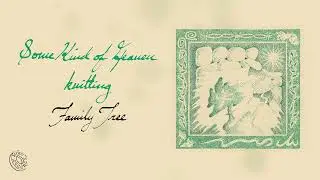All my friends lined up with old scarves. I cut them and make a necessary and beautiful thing
The weather is cold outside and you want your feet to be warm and cozy. Slippers are especially needed at this time of year. You don't always like house shoes in stores - they look like wood, the soles are hard, and you walk around the house and they make a clattering noise.
You can create warm, comfortable slippers yourself. To do this, you do not need to have special sewing skills or complex patterns.
There are many different styles and models. Deep, loose chuni slippers are suitable for winter; they perfectly protect your feet from the cold.
The material used is fleece, drape, as well as old jackets, sweaters and other clothes. Scarves are also suitable, especially since you wear them less and less, since outerwear is cut in such a way that it reliably covers your neck from wind and frost.
I took a scarf for myself, or rather what was left of it, and fleece. No measurements are needed, everything is done on your own.
First of all, you need to form the sole. To do this, I put my foot on a piece of paper and traced it with a pencil. Then I smoothly rounded all the curved lines, increasing them on all sides by about 0.7 cm.
I used thick cloth for the sole. If the fabric is thinner, fold it in several layers and quilt it; the warmth of the feet depends on the sole.
The upper part consists of a straight strip of fabric.
When cutting, I made the strip of fleece 3 cm wider to make an edging out of it. You can put padding polyester inside. The finished width is 13 cm.
The length should be such that it is enough to wrap the foot with a margin.
How to collect slippers:
She put her foot on the sole and leaned the strip against it. I made an overlap in the front, one side overlaps the other. You need to straighten the fabric so that it fits comfortably to your leg. The bottom part of the strip was pinned to the sole with pins and clothespins.
I cut off the excess edges along the sole.
I stitched both parts of the slippers.
To process the sections, I used strips of non-woven fabric 3 cm wide. It is necessary to cut them so that the fabric stretches well along the length.
I attached the strip with the front side to the front side of the slippers and stitched it in a circle.
Then I turned the treatment towards the sole. The edging was sewn on by hand. To do this you need to take strong threads.
I sewed up the overlaps so they wouldn’t move apart, and attached the buboes.
The slippers turned out to be deep, like boots. They are warm and homely.







